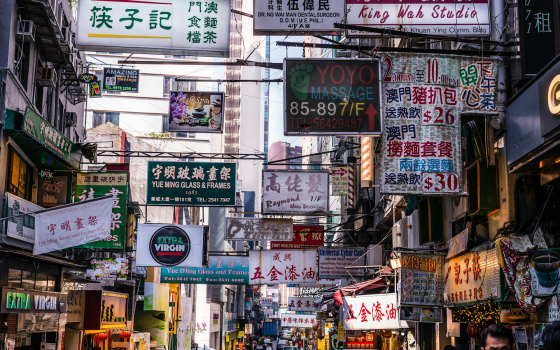We're talking about a essential specialisation in today's globalised world in which companies need to cross borders and market their products abroad. An entire book (maybe even a saga!) could be written on the subject, but let's start with a simple overview of this type of translation that requires so much precision.
It's always good to remember that translation is more than just taking words straight into another language. The essence of the job is having a thorough understanding of the concepts and ideas involved and communicating them from one language to another to convey the original intent of a message. The message must have the same effect on the reader in any language.
If the translator isn't engaged with the product or subject being translated, the final result in the target language will never capture the essence of the original. The same things happen in fashion translation: earrings lose their sparkle, a coat won't come across as cosy as it really is, and a customer will pass on a bag she was thinking about buying to match her new outfit.
Translators, as researchers in the fields they translate and proofread, are responsible for researching each text we translate. And while it's true that online resources and sources of information are available, it's also a good idea to consult the fashion experts themselves, whether watchmakers, dressmakers, or boutique fashion designers. When it comes to this line of work, operating like an investigative journalist is key.
THE EVER-PRESENT FOREIGN WORDS
Foreign words are commonly found in translations for the fashion industry. Today, globalisation exposes us to a language that incorporates foreign words on an almost daily basis, particularly in fashion and technology. Most come from English and French and you have to know how to handle them. They're not always used correctly, so check whether the adaptation or equivalent is commonly used in the target language and whether there are any changes in spelling and phonetics.
In fact, many are so ingrained that we don't even realise they're foreign words. In Spanish fashion lingo, for example, English words like short(s) and legging are here to stay.
Vintage and chic are two often used foreign words that come from French. Chic could be translated as "elegante" (elegant) in Spanish, but when it comes to fashion terminology, chic is much more popular.
And with countless foreign words in used in fashion, this is just the tip of the iceberg.
OUR DNA
Everyone has a set of tips that helps them do their job, and since sharing is caring, here are our top tips for translating for the fashion industry.
- Avoid using too many exclamation points. Experience has taught us that too many exclamation points can be too intense and overwhelming for the reader.
- Resist the temptation to personalise an inanimate object. This isn't common practice in either marketing nor fashion and translators should respect this.
- Be specialised in fashion, an industry with loads of terminology. Remember that a bad translation of a website creates mistrust — consumers are much less like to make a purchase on a poorly translated website.
- Know how to deal with foreign words. They're everywhere, and foreign words are ever-present in the fashion industry. Whether in English or French, fashion content contains many terms related to designs, cuts, colours, fabrics, shapes and materials.
At Kobalt we have extensive experience in fashion-related content, so we're experts in the ins and outs of fashion translations and in localising fashion content so that users won't notice that your translation is a translation. We also have a team of professional native translators who are specialised in the industry.






